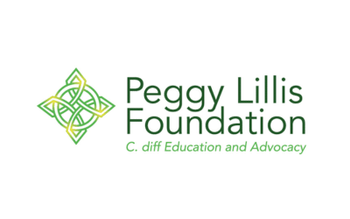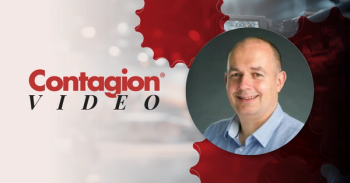
Can a Needle Exchange Program Help Quell Kentucky's Hepatitis C Outbreak?
In response to the hepatitis C virus outbreak in Kentucky, political and healthcare officials are debating the implementation of a needle exchange program for injection drug users.
A burgeoning
This is due to the fact that a spike of cases in 4 counties in the northern part of the state (Boone, Kenton, Grant, and Campbell) has been linked with a growing problem of opioid abuse (particularly heroin) in the region. Although exact figures are not available—given that not all of those who have been infected are seeking treatment—it is estimated that some
Not coincidentally, over the same period, a Centers for Disease Control and Prevention (CDC)
“The growing epidemic of injection drug use is driven primarily by misuse of opioids, which is a term that broadly encompasses the drugs that are derived from the opium poppy like morphine and heroin, as well as all the synthetic drugs that have been designed to relieve pain by acting on the same receptor in the brain, such as oxycodone and fentanyl,” Ryan Westergaard, MD, PhD, assistant professor, infectious diseases, University of Wisconsin School of Medicine and Public Health, told Contagion. “A striking feature about the current epidemic of injection drug use is how disproportionately young people are being infected with HIV and hepatitis C. Adolescents and young adults seem dramatically more vulnerable to develop patterns of unhealthy opioid use when they use them as pain killers or as party drugs.”
Although experts in addiction and its effects on individuals and their families, as well as the communities in which they live, hardly want to be seen as “enabling” drug abuse, needle exchange programs—in which drug users are allowed to exchange used needles for clean, new ones—have proved effective in multiple studies in containing the spread of infectious diseases linked to injection drug use. The programs also have the added benefit of controlling costs.
“Needle exchanges are one of the most cost-effective ways to prevent infectious disease [outbreaks],” Kris Clarke, PhD, associate professor, Department of Social Work Education, Fresno State University, told Contagion. Dr. Clarke is not familiar with the ongoing issues in Kentucky, but has
“Most objections about needle exchange are based in a misunderstanding of harm reduction as enabling drug abuse rather than an intervention to reduce the harm of addiction to the community,” Dr. Clarke continued. “Politicians often respond most to the emotions surrounding addiction rather than the rational ways to minimize the harm of addictive behaviors.”
Indeed, given that treating individuals with hepatitis C can
“Harm reduction efforts need to be enhanced and made more accessible,” Dr. Clarke said. “Needle exchange is one of the most cost-effective ways to prevent HIV and HCV infections. In California, one HIV infection (in California) can run upwards of $75,000 to manage. One clean syringe runs about $1.”
Brian P. Dunleavy is a medical writer and editor based in New York. His work has appeared in numerous healthcare-related publications. He is the former editor of Infectious Disease Special Edition.
Newsletter
Stay ahead of emerging infectious disease threats with expert insights and breaking research. Subscribe now to get updates delivered straight to your inbox.

































































































































































































































































































